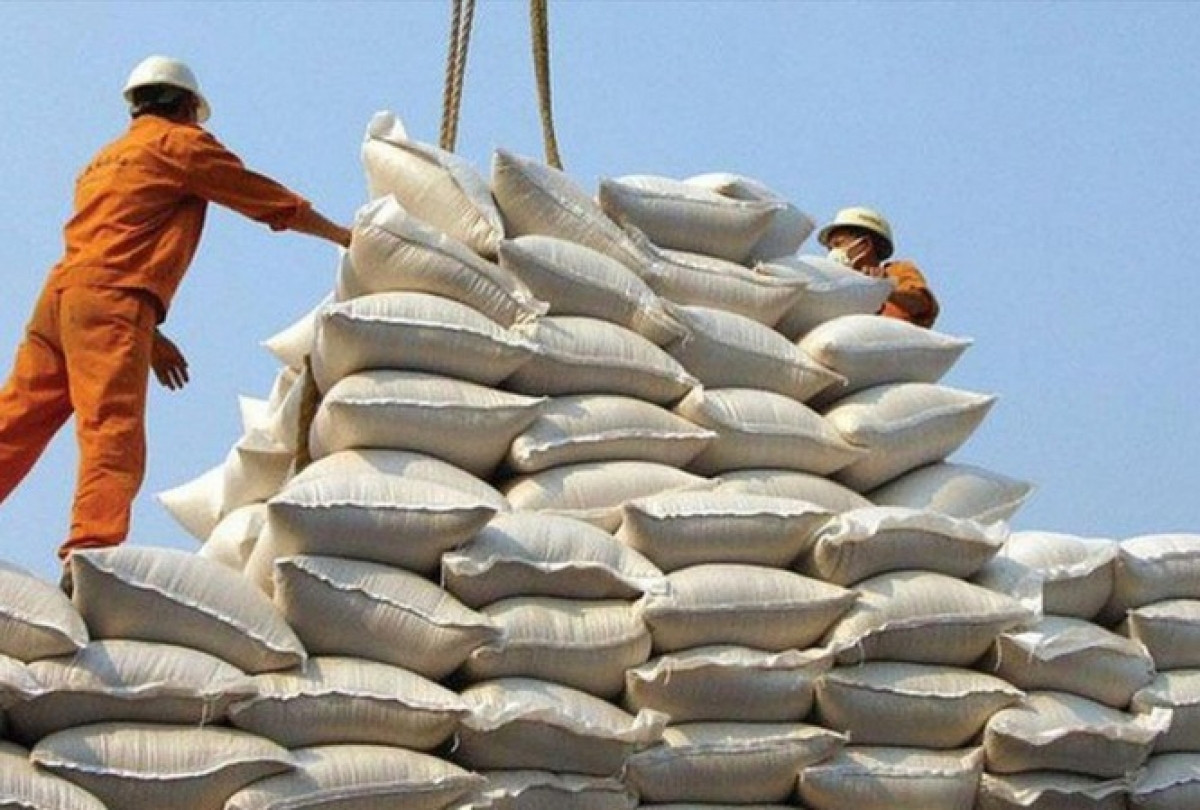
Addressing the conference, Deputy Minister of Agriculture and Rural Development, Tran Thanh Nam, reported that the country exported 7.75 million tonnes of rice, earning USD4.41 billion between January and November this year, up 16.20 percent and 36.30 percent on year, respectively.
"Hopefully we can achieve a record-high rice output and rice export of 8 million tonnes and USD5 billion, respectively by the end of the year," Nam said.
The official added that the Philippines continued to be Vietnam’s largest rice consumer, making up 35 percent of the country’s export volume. During the past 11 months, Vietnam exported 2.63 million tonnes of rice worth USD1.41 billion to the Philippines.
Indonesia was the second largest market for Vietnamese rice which purchased 1.23 million tonnes for USD 614.70 million, followed by China with 895,625 tonnes for USD517.60 million, and Malaysia with 391,209 tonnes for USD201.60 million.
"In addition to ensuring national food security, rice also plays a role in ensuring food security abroad," the official said. "The domestic and international rice markets have been bringing in revenue to help improve the lives of Vietnamese farmers, contributing to social security and stability."
The official expressed his optimism about the global rice market in the coming months, but admitted that an increase in export rice output will have an impact on rice reserves in export countries. In addition, an increase in rice export prices would also affect the domestic rice market.
Speaking at the conference, the President of the Vietnam Food Association, Nguyen Ngoc Nam, noted that the world situation has changed strongly following the Covid-19 pandemic, and geo-political fluctuations have strongly impacted the rice market. He therefore suggested that research and distribution of purebred rice varieties to farmers should receive extensive investment to achieve the goal of stabilising both rice output and quality in the long term.
Source: Dtinews